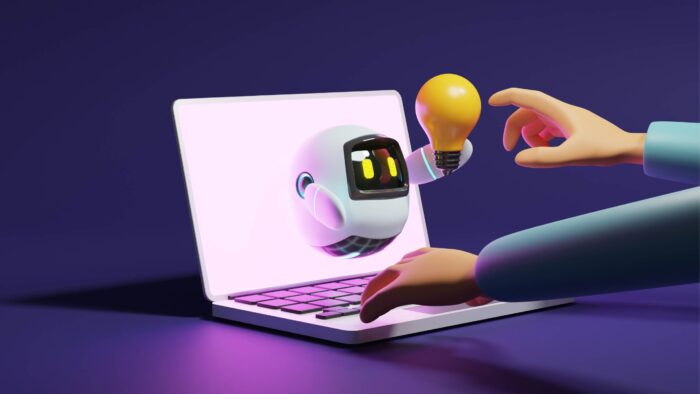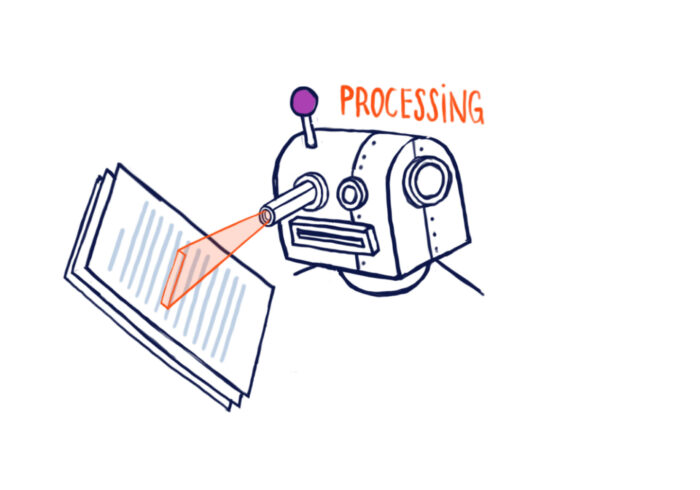Your content looks perfect until someone questions if you actually wrote it. AI-generated text has become so sophisticated that distinguishing human creativity from machine output feels nearly impossible. This uncertainty threatens your credibility and raises uncomfortable questions about authenticity.
Fortunately, advanced detection methods are emerging, with tools like Aidetector.com offering new ways to verify content origins. Understanding these technologies helps you maintain trust while adapting to an AI-integrated creative landscape.

The Authentication Challenge in Content Creation
Content creators face a new dilemma that didn’t exist five years ago. Audiences, clients, and platforms now scrutinize every piece of writing for signs of artificial generation. This shift has fundamentally altered how we approach content creation and consumption.
Why Traditional Verification Methods Fall Short?
Previous plagiarism detection focused on matching text against existing databases. These systems worked well when the main concern was copying human-written content. However, AI generates original text that doesn’t match any existing source. Traditional tools miss this entirely because they weren’t designed to identify machine-generated patterns.
The problem runs deeper than simple detection. AI writing often mirrors human style so closely that even experienced writers struggle to identify it. Machine learning models train on vast amounts of human text, learning to replicate natural language patterns, sentence structures, and even stylistic quirks.
The Economics of Doubt
Suspicion about AI usage creates real business consequences. Clients question invoices when they suspect automated assistance. Publishers hesitate to accept submissions that might be artificially generated. Academic institutions implement strict policies that assume guilt until proven otherwise.
This environment forces content creators into defensive positions. You must now prove your work’s authenticity rather than simply demonstrating its quality. The burden of proof has shifted, creating additional friction in professional relationships.
How Modern AI Detectors Actually Work?

Current detection systems analyze writing patterns that humans typically don’t notice. They examine sentence complexity, vocabulary choices, and the subtle rhythms that distinguish human thought from algorithmic processing. These tools look for consistency patterns that suggest machine generation.
Advanced detectors also analyze semantic coherence and logical flow. Human writers often include small inconsistencies, tangential thoughts, and personal touches that AI typically avoids. Machine-generated text tends toward more uniform structure and predictable transitions.
However, detection accuracy varies significantly. False positives occur when human writing happens to match AI patterns. False negatives happen when AI-generated text successfully mimics human inconsistencies. No detector claims perfect accuracy, which complicates their practical application.
Adapting Your Content Strategy
The rise of AI detection technology requires strategic adjustments rather than panic. Smart content creators learn to work alongside these tools instead of against them. This approach builds credibility while maintaining creative efficiency.
Understanding how detectors evaluate text helps you make informed decisions about your process. You can use AI assistance for research and ideation while ensuring your final voice remains distinctly human. This hybrid approach often produces better results than either purely human or purely AI-generated content.
Documentation becomes increasingly valuable in this environment. Keeping records of your research process, draft iterations, and revision history provides evidence of human involvement. These records support your authenticity claims when questions arise.
Transparency about your methods also builds trust. Being upfront about using AI for certain tasks while maintaining human oversight demonstrates professionalism. Clients appreciate honesty about your process, especially when you can explain how you maintain quality control.
The key lies in understanding that AI detection isn’t about eliminating artificial intelligence from content creation. Instead, it’s about maintaining transparency and ensuring human creativity remains central to the process. As these tools become more sophisticated, they’ll likely become standard parts of content workflows rather than threatening obstacles.
Conclusion
The emergence of AI detectors signals a fundamental shift in how we evaluate and trust content. While these tools aren’t perfect, they represent our collective attempt to preserve human creativity in an increasingly automated world.
Rather than viewing detection technology as an obstacle, smart creators see it as an opportunity to differentiate their authentic voice from machine-generated noise. The future belongs to those who can seamlessly blend technological assistance with genuine human perspective, creating content that passes both algorithmic scrutiny and human judgment.
